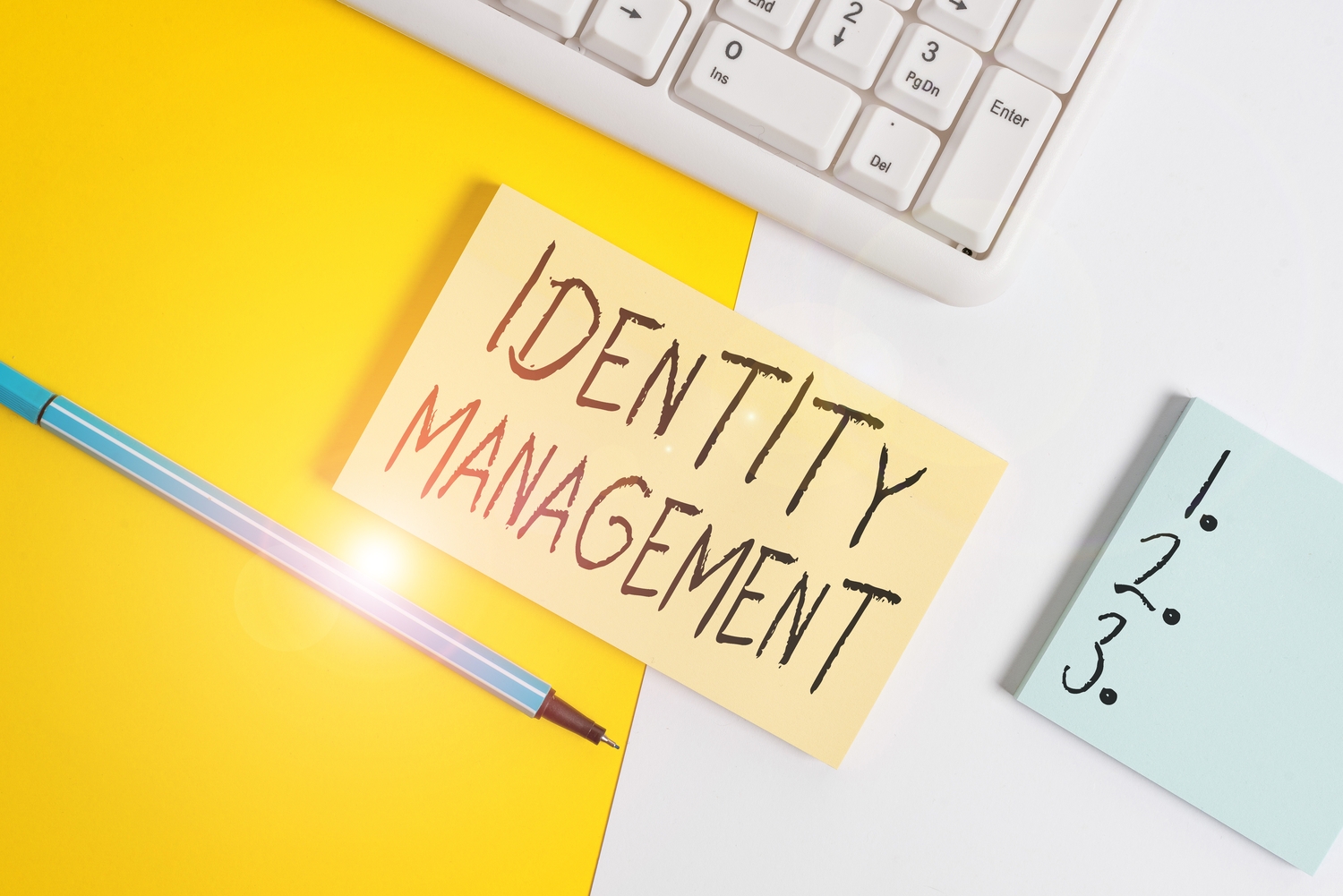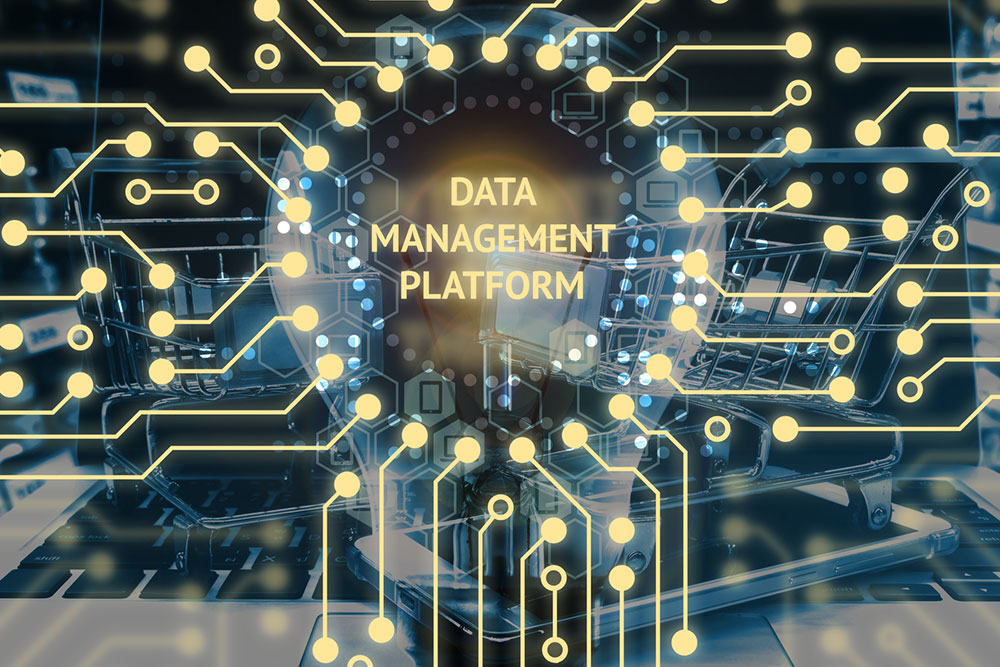Comprehensive Guide to Digital Identity and Access Management Strategies for Modern Enterprises
This comprehensive guide explores modern strategies in digital identity and access management, including key technologies like Okta’s platform, AI-powered access controls, vendor evaluations, and futuristic concepts like Digital Twin. It emphasizes the importance of secure, scalable, and efficient identity solutions to protect organizational assets amidst increasing cybersecurity threats and digital transformation efforts. The article provides actionable insights for organizations aiming to enhance their security posture and operational efficiency in today's complex digital landscape.

In-Depth Exploration of Digital Identity & Access Management (IAM) Strategies in the Digital Age
In today’s rapidly evolving technological landscape, where digital transformation is relentless and cybersecurity threats are more sophisticated than ever, managing digital identities and controlling access to sensitive information has become a fundamental aspect of organizational security. Digital Identity and Access Management (IAM) forms the backbone of cybersecurity strategies, enabling businesses to authenticate users, authorize access, and monitor activities across various digital platforms effectively. This extensive guide delves into the core principles, advanced solutions, recent innovations, and emerging trends in digital identity and access control, empowering organizations to bolster their security posture while ensuring seamless user experiences.
Understanding Digital Identity & Access Management (IAM)
Digital Identity & Access Management (IAM) involves the creation, maintenance, and safeguarding of digital identities—comprising user credentials, roles, permissions, and profiles—and the systems designed to verify and authorize these identities for resource access. It ensures that legitimate users—including employees, partners, or machines—can effortlessly gain access to vital applications, data, and systems, while malicious actors are prevented from infiltrating protected environments. Effective IAM is crucial for minimizing security risks, maintaining regulatory compliance, and streamlining operational efficiency.
Implementing a robust Digital Identity and Access Control (DIAC) system enables organizations to address multiple security challenges including identity theft, unauthorized access, and insider threats. Ensuring that only verified users can access specific resources not only protects sensitive data but also facilitates compliance with industry regulations such as GDPR, HIPAA, and others. A well-structured DIAC system provides transparency, accountability, and control over user activities, which are critical in today's complex digital ecosystems.
Key Components of Digital Identity & Access Management
Identity Management: The foundation of IAM involves designing and implementing processes for creating, modifying, and disabling digital identities. This includes onboarding new users, updating roles, and deleting accounts when necessary. Identity management also extends to managing digital certificates and cryptographic keys in machine-to-machine interactions.
Authentication Mechanisms: Robust authentication verifies user identities before granting access. Common methods include passwords, biometrics, smart cards, and multi-factor authentication (MFA). MFA, combining two or more verification factors, significantly enhances security by reducing the risk of credential compromise.
Authorization Procedures: After successful authentication, systems assign permissions based on roles, policies, and contextual factors such as location or device. Fine-grained access controls ensure users only access data and resources pertinent to their roles.
Monitoring & Auditing: Continuous tracking of access activities and system events provides insights into usage patterns, detects anomalies, and ensures compliance. Regular audits help identify vulnerabilities and enforce security policies effectively.
Advanced Technologies Shaping Modern DIAC Solutions
Leading the evolution of DIAC are innovative platforms tailored to meet dynamic organizational needs. Below are some key technological solutions and approaches:
1. Okta's Digital Identity & Access Management Platform
Okta stands out as a global leader in cloud-based identity solutions, offering secure, scalable, and flexible tools to manage digital identities across diverse environments. Its platform provides features such as:
Single Sign-On (SSO): Users can access multiple applications seamlessly with one set of credentials, enhancing user experience and reducing password fatigue.
Multi-Factor Authentication (MFA): Additional verification layers safeguard against unauthorized access, making credential theft less effective.
User Lifecycle Management: Automating onboarding, offboarding, privilege adjustments, and password resets ensures security policies are enforced consistently and efficiently.
Okta's versatility and compatibility across cloud services, on-premise apps, and third-party integrations make it a preferred choice among enterprises of all sizes, from startups to Fortune 500 companies.
2. Cutting-Edge Access Control Platforms Powered by AI
Digital access control systems are increasingly integrating artificial intelligence (AI) to deliver adaptive, intelligent security. These advanced platforms dynamically adjust permissions based on real-time context, user behavior, and risk assessments. Key features include:
Dynamic Permission Modification: Permissions evolve based on behavior analytics and emerging threats, minimizing privilege misuse.
AI-driven Analytics: Detect unusual activity patterns, predict potential breaches, and trigger automated responses before damage occurs.
Process Automation: Automate routine tasks such as user provisioning, de-provisioning, and enforcing security policies, reducing human error and administrative workload.
This approach is ideal for organizations managing complex, high-stakes environments requiring rapid response and high adaptability.
3. Forrester’s Vendor Evaluations in IAM
Independent evaluations by Forrester Research help organizations select suitable IAM solutions based on comprehensive criteria including functionalities, usability, scalability, and market presence. Top vendors evaluated include:
SailPoint: Known for robust governance, compliance, and policy management capabilities, making it suitable for regulatory-heavy industries.
Okta: Recognized for seamless authentication and access management tailored for diverse organizational needs.
Microsoft Azure Active Directory (Azure AD): Strong integration with Microsoft’s ecosystem makes Azure AD a natural choice for organizations heavily invested in Microsoft products.
These analyses assist decision-makers in aligning technology investments with strategic security objectives.
4. The Role of Digital Twin Technology in Security
Digital Twin technology creates a real-time virtual replica of users, systems, or environments, enabling predictive and proactive security measures. It offers several innovative applications:
Behavioral Simulation: Create models of user interactions to identify anomalies that could indicate compromised accounts or insider threats.
Predictive Threat Detection: Use behavioral patterns to forecast potential security breaches and implement preemptive measures.
Integration with IoT & Legacy Systems: Securely connect and monitor complex networked environments, combining traditional systems with IoT devices for comprehensive security coverage.
This emerging approach allows for highly adaptive and anticipatory security frameworks suitable for future-oriented organizations.Comparison of Leading DIAC Solutions
| Feature | Okta Digital Identity & Access | Advanced Access Control Platforms | Forrester Vendor Evaluations | Digital Twin Applications |
|---|---|---|---|---|
| Authentication | MFA, SSO | AI-enhanced, Dynamic Permissions | Vendor-specific | Behavioral Replication |
| Provisioning | Lifecycle Automation | Automated User & Role Management | Varies by Vendor | Automated Profile Simulation |
| Integration | Cloud, On-Premise | AI Ecosystems, IoT | Multiple Vendors | IoT & Legacy Devices |
| Ideal Users | Enterprises of All Sizes | Organizations with Complex Needs | Business Leaders & Security Experts | High-Tech & Security-Driven Firms |
| Compliance | GDPR, HIPAA | Adaptive to Regulations | Regulatory Governance Focus | Real-Time Enforcement |
The Future of Digital Identity & Access Management
As digital ecosystems continue to expand, the integration of AI, machine learning, and emerging technologies like Digital Twin will reshape IAM landscapes. Organizations need flexible, scalable, and proactive solutions to safeguard assets, ensure regulatory compliance, and provide seamless user experiences. Cloud-based authentication services and adaptive security measures are vital as remote and hybrid work models become ubiquitous. Investing in innovative technologies and strategic frameworks will remain critical for staying ahead of evolving cyber threats and maintaining operational resilience.
Sources include industry leaders such as Okta, Forrester Research, Gartner, and TechTarget, highlighting the importance of staying informed on the latest security trends.





